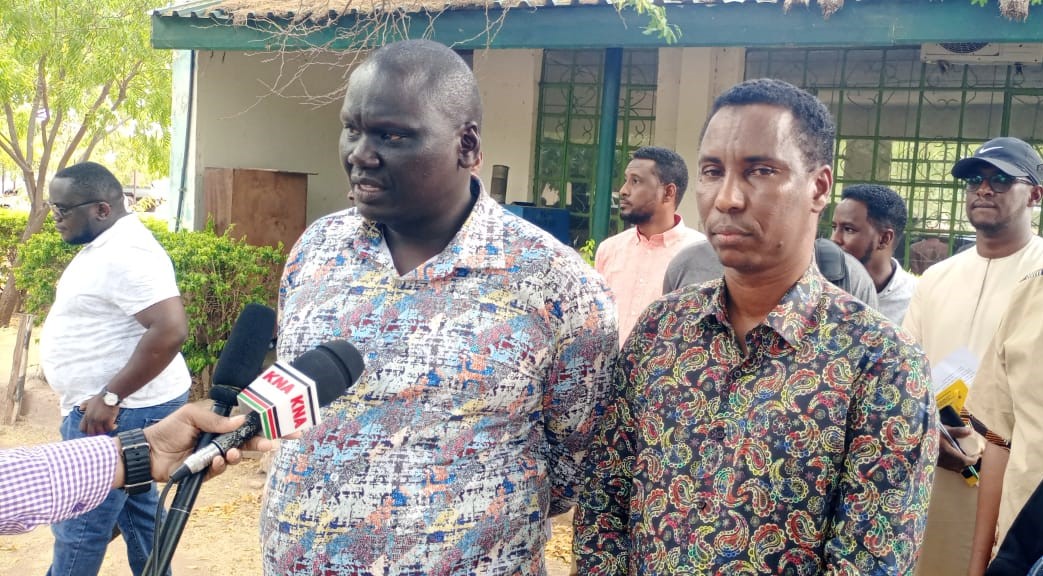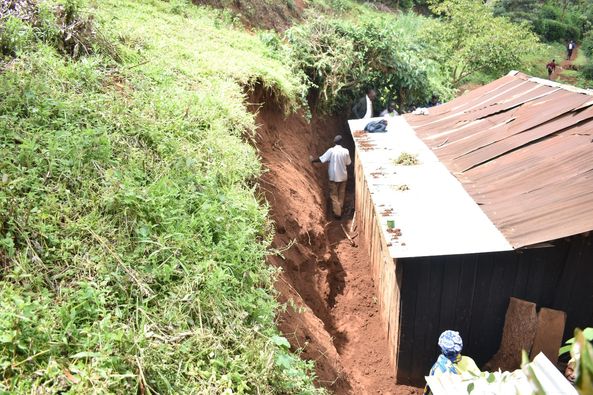Members of the public residing along the River Tana and other lowlands in Garissa County have been notified to move to higher grounds and adhere to flood alerts given through media channels and community forums ahead of expected El Nino rains.
Speaking to the press after chairing the County Steering Committee, County Commissioner Solomon Chesut said that the government was determined to avoid loss of lives, destruction of properties, and the spread of water-borne diseases.
“As you are all aware Garissa County is a lowland region, especially along the Tana River. Sometimes the Tana River is a blessing to us but when the rains are above normal it becomes a disaster,” he said.
Chesut, who was flanked by several stakeholders and partners among them NDMA and Kenya Red Cross, further noted that the government has mobilized all the necessary resources to ensure they respond efficiently in an emergency.
Mohamed Dubow, the County Director in charge of special programs, said they were prepared in terms of logistics.
“We have done stock-taking in terms of what we have in terms of human resource, logistics, and what we have in terms of all resources including monetary and budgeting for all the issues,” Dubow said.
He however said there still existed some gaps in terms of scaling up surveillance, evacuations as well as creation of identification of Internal Displacement sites.
The government has already announced that residents of arid and semi-arid lands who were affected the most by drought are likely to be hit hardest by the El Nino rains.
Garissa, Marsabit, Turkana, Baringo, Samburu, Wajir, Tana River, Kwale, Taita-Taveta,
Mandera, Narok, and Isiolo Counties are likely to experience flooding, Elgeyo Marakwet and West Pokot are at risk of landslides.



